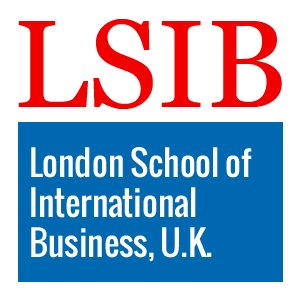Global Certificate Course in Data-Driven Art Authentication
Published on June 24, 2025
About this Podcast
HOST: Welcome to our podcast, today we're talking with an expert in art authentication, discussing the exciting new course titled 'Global Certificate Course in Data-Driven Art Authentication'. Could you start by sharing what drew you to this field and how your experiences have shaped your perspective? GUEST: I've always been fascinated by the intersection of art and technology. With a background in art history and data analytics, I saw a growing need for data-driven methods in art authentication, especially given the rise of forgeries. HOST: That's interesting. How does this course help art professionals like historians, curators, and collectors in their day-to-day work? GUEST: This course equips them with the latest tools and techniques, such as machine learning and forensic analysis, to verify art pieces more accurately and efficiently. They'll be able to protect the integrity of their collections and exhibitions. HOST: Speaking of tools and techniques, could you tell us about any current industry trends in applying data analytics and technology to art authentication? GUEST: Absolutely. There's a growing emphasis on using big data to analyze patterns in art history, provenance, and style. Additionally, AI-powered image recognition is being used to detect subtle anomalies in artworks that might indicate forgery. HOST: That sounds like a game changer. But with new technology comes new challenges. What obstacles have you encountered in implementing data-driven methods in art authentication? GUEST: One major challenge is the resistance to change within the art world, which can be quite traditional. Convincing professionals to adopt new techniques and trust algorithms can be an uphill battle. HOST: I can imagine. Looking forward, how do you see the future of art verification evolving with the continued development of data analytics and technology? GUEST: I believe we'll see an increasing reliance on AI and machine learning for art authentication. As more data becomes available and algorithms improve, we'll be able to verify artworks with greater accuracy and speed. HOST: That's an exciting outlook. Thank you for sharing your insights and experiences with us today. We're confident that this course will empower art professionals to stay ahead of the curve in the ever-evolving world of art authentication. GUEST: Thank you for having me. I'm excited to see how this course can contribute to the future of art verification and the protection of our artistic heritage.
